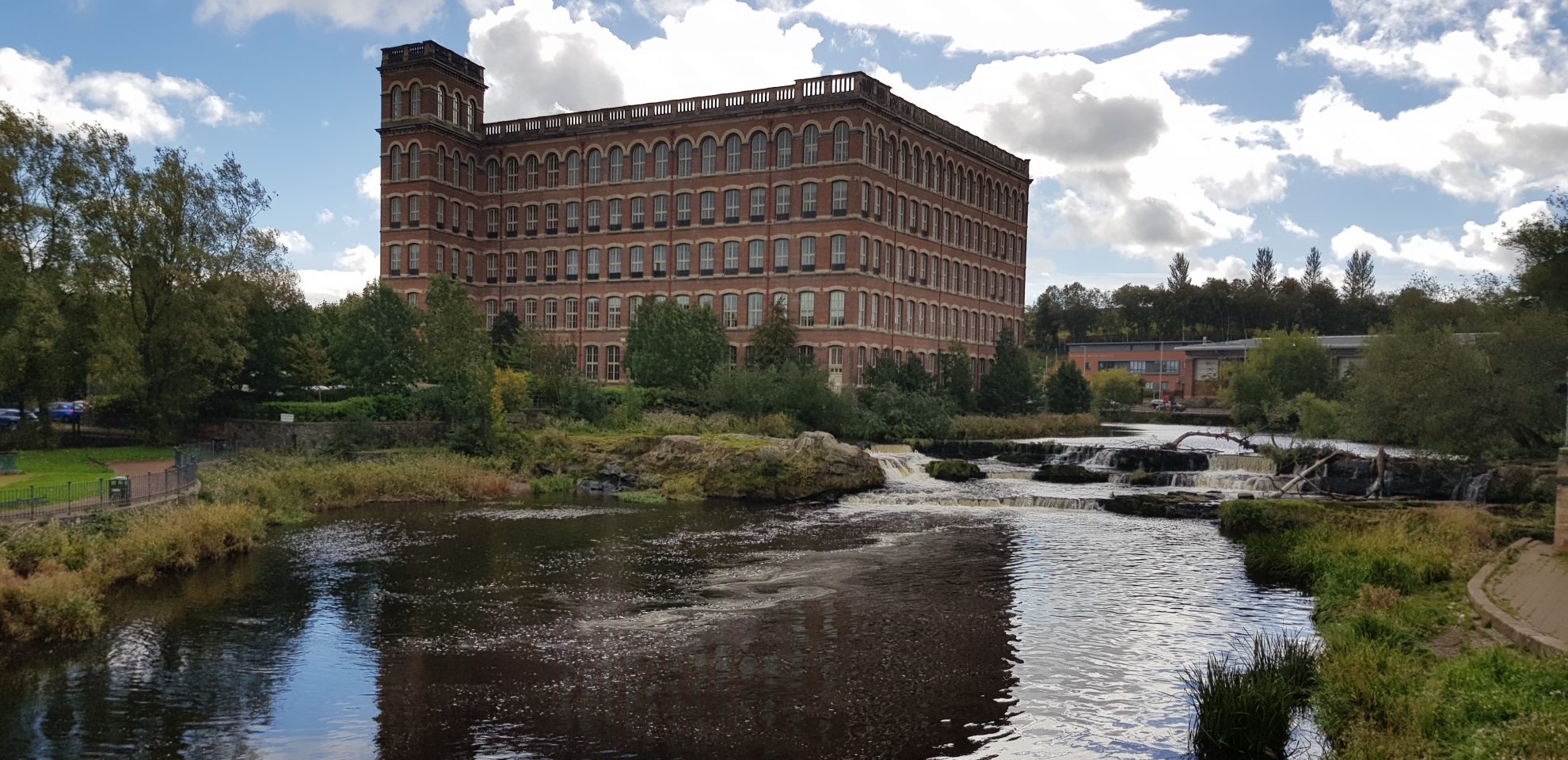Your basket is currently empty!
Category: Blog
-
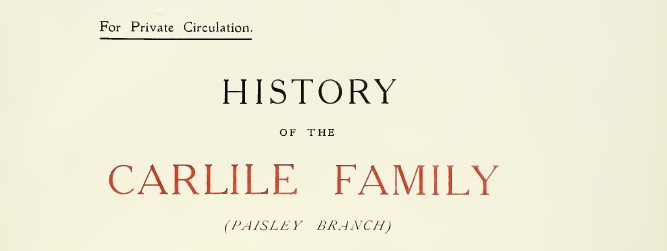
Annan to Paisley: The Carlile family of Paisley
Over the last 8 to 10 years a lot of my research has focused on the introduction of fine Linen Thread production into Scotland by Christian Millar or Shaw of Bargarran at Erskine in 1722. Over the next 30 years Paisley had become home to many linen thread manufactures, all copying the techniques of Christian. …
-
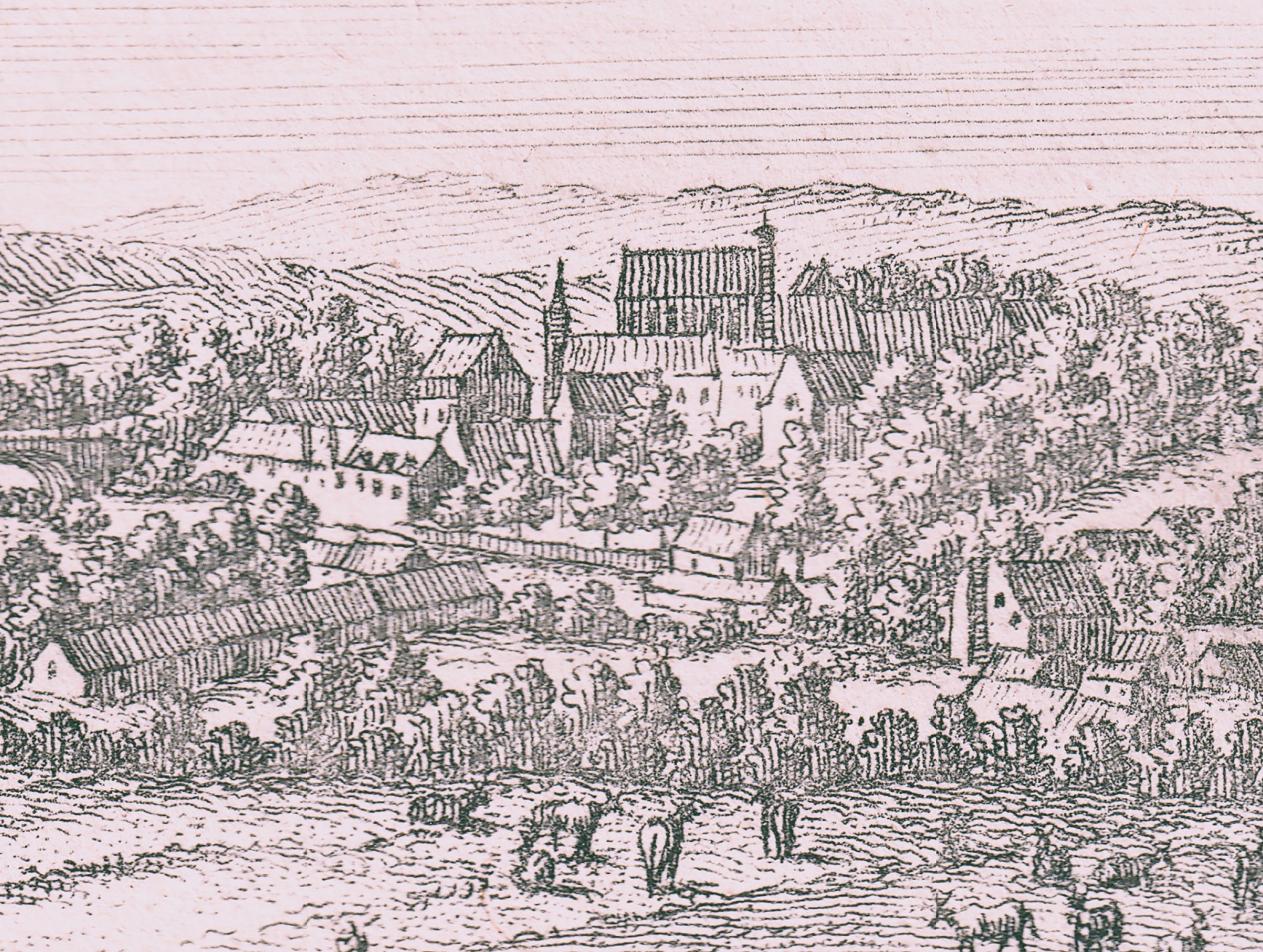
Situation and Surrounding of Paisley Abbey
Let us recall the beautiful situation and surroundings of the abbey in the palmy days of the Abbots. The river Cart then ran clear and sparkling between green wooded banks. The monastic buildings: the great Gatehouse built by Abbot Tervas, about 9 meters north-west from the north-west turret of the Abbey, “a great pend most…
-
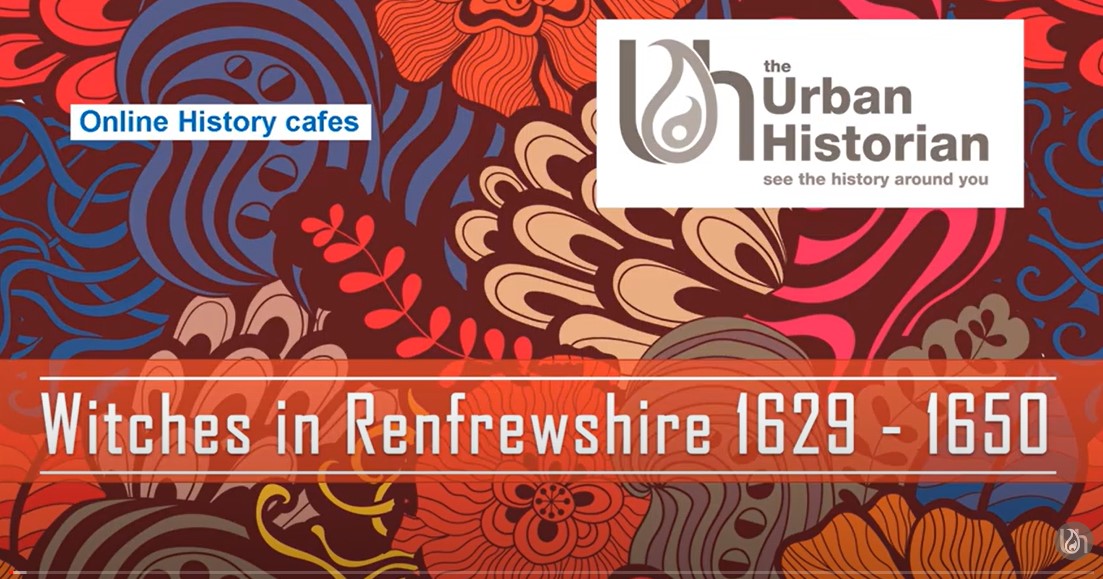
Halloween & Witches of Renfrewshire 1629 -1650 Online Talk
Halloween is coming on us fast this year. At the end of September our window display at Allan’s Fish & Chip Restaurant on Storie Street will be getting replaced with a display on the Witches of Renfrewshire. To accompany this we are launching a pre recorded history cafe session for anyone interested in the subject…
-
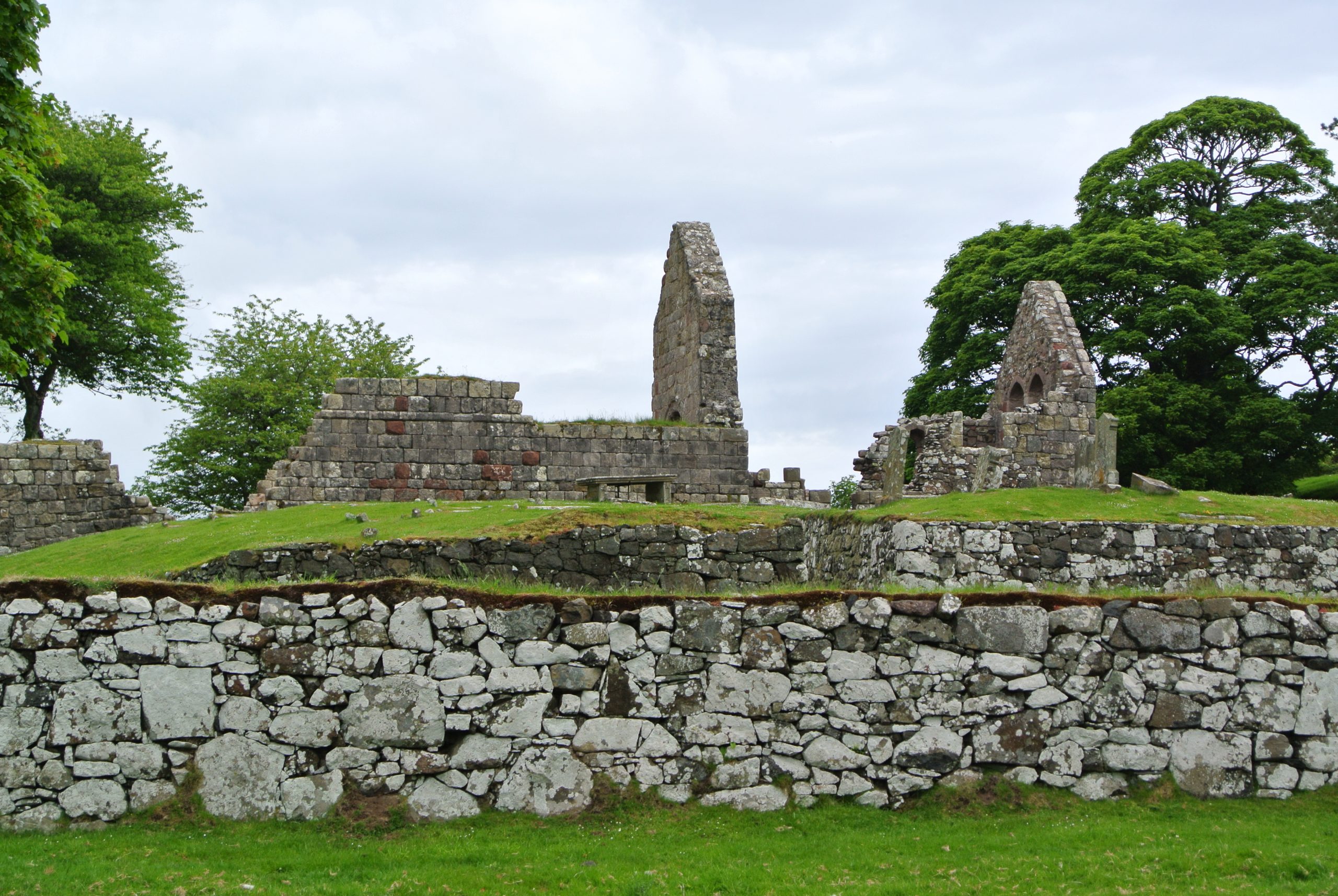
June/ July Update
June has been a busy month which incorporated a short break on Bute exploring some of the archaeological and historical sites on the island. over the next few weeks you may spot a few posts about places visited and connections to Paisley and Renfrewshire. On the 24th June we are leading a heritage walk “Linen…
-
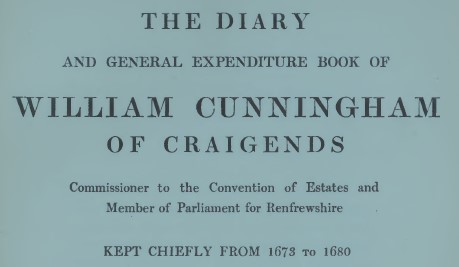
There was a jovial beggar
I’ve just been reading the THE DIARY AND GENERAL EXPENDITURE BOOK OF WILLIAM CUNNINGHAM OF CRAIGENDS, Commissioner to the Convention of Estates and Member of Parliament for Renfrewshire which was kept between 1673 and 1680. The time period falls directly into the Covenanting time period, which was also subjected to harsh harvests leading to impoverished…
-

Paisley to Sarasota, Florida: The Browning’s – Part 1
It’s late November 1885, around one 100 Scots are gathering at the docks in Glasgow to board Anchor Lines SS Furnessia with the intention of forming a new Scots Colony in Sarasota, Florida. Amongst the 100 are two Paisley families the Lawrie’s and the Browning’s who have sold their possessions at auction and are heading…
-
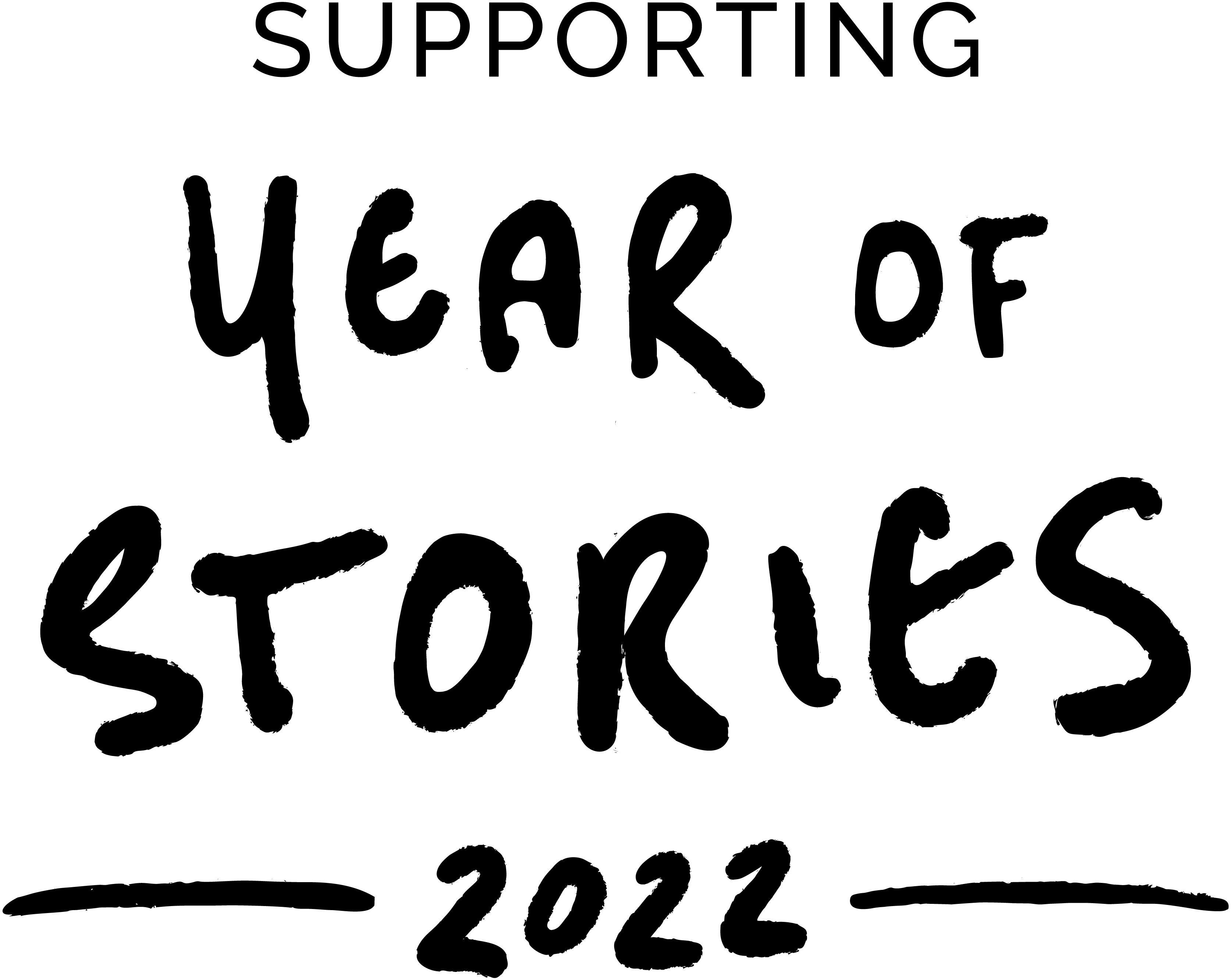
Year of Stories – blog 1
Today, 10th January 2022, I should have been delivering a zoom talk to the Ontario Genealogical Societies Scottish Interest Group on Paisley Weavers. Unfortunately, I have had no voice for the last 5 days and the talk has been rescheduled for late February. Hopefully the voice returns soon, but it hasn’t stopped me reading or…
-
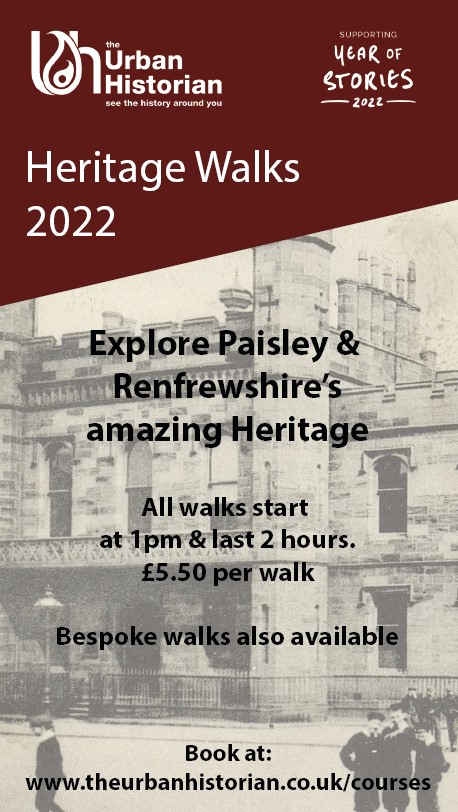
2022 – January to February Heritage Walks
Advance warning of our heritage walks for the first quarter of 2022. Booking for these walks will be available from Monday 29th November 2021.
-
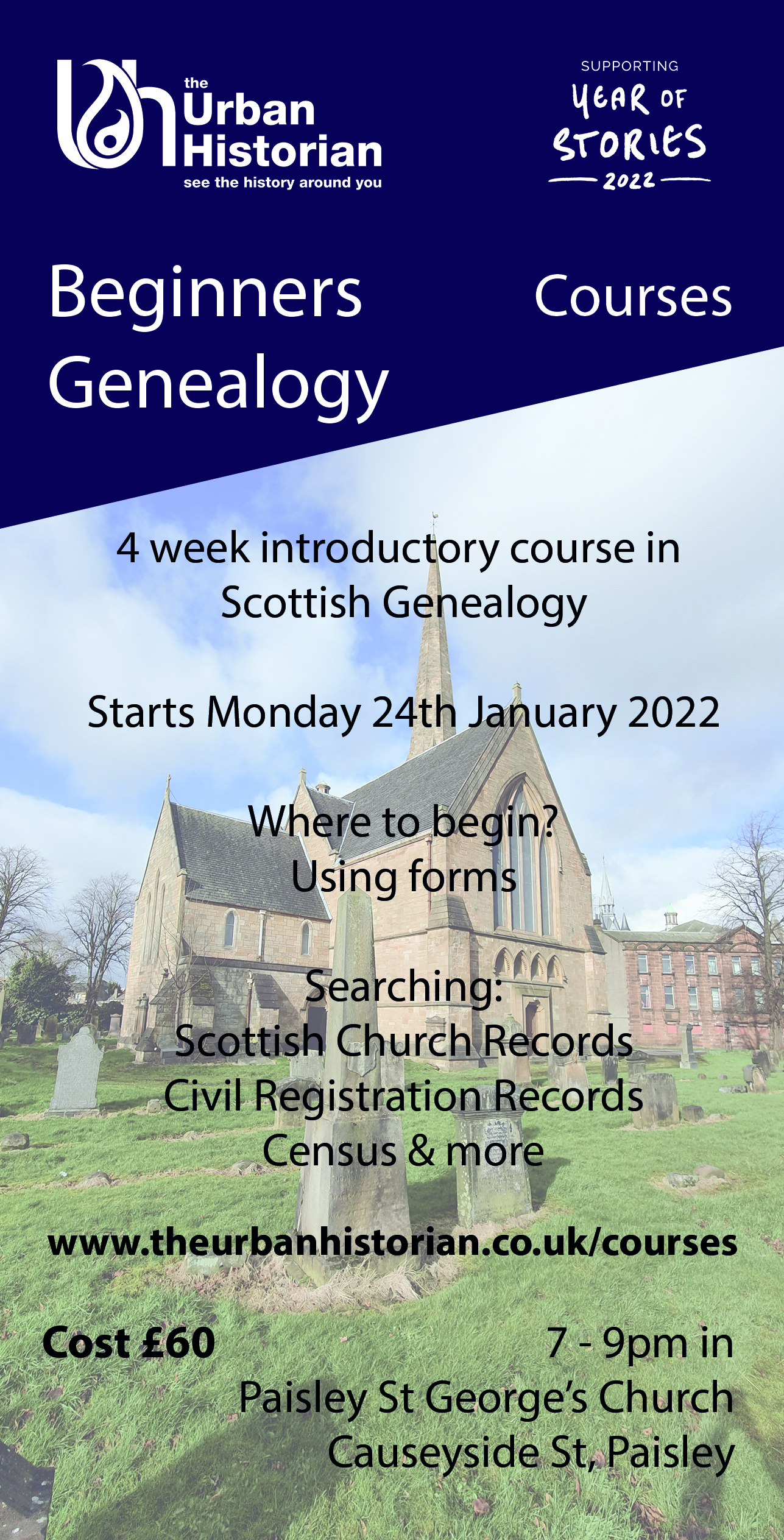
New for 2022
Launching in late 2022 we have our first in person course since early 2020. We will be using a new venue – Paisley St George’s church on Causeyside Street in Paisley which is close to bus roots and has a car park at its rear. The first course will start on Monday 24th January at…
-

New for autum & winter heritage walking tours
We now have specialised walking tour headsets available for our Heritage Walks starting from our Old Paisley Walk on the 16th October 2021. The receiver takes a standard set of earphones using a 3.5mm jack. We can provide a set of earphones or you are welcome to bring your own. Our earphones will be sanitised…
